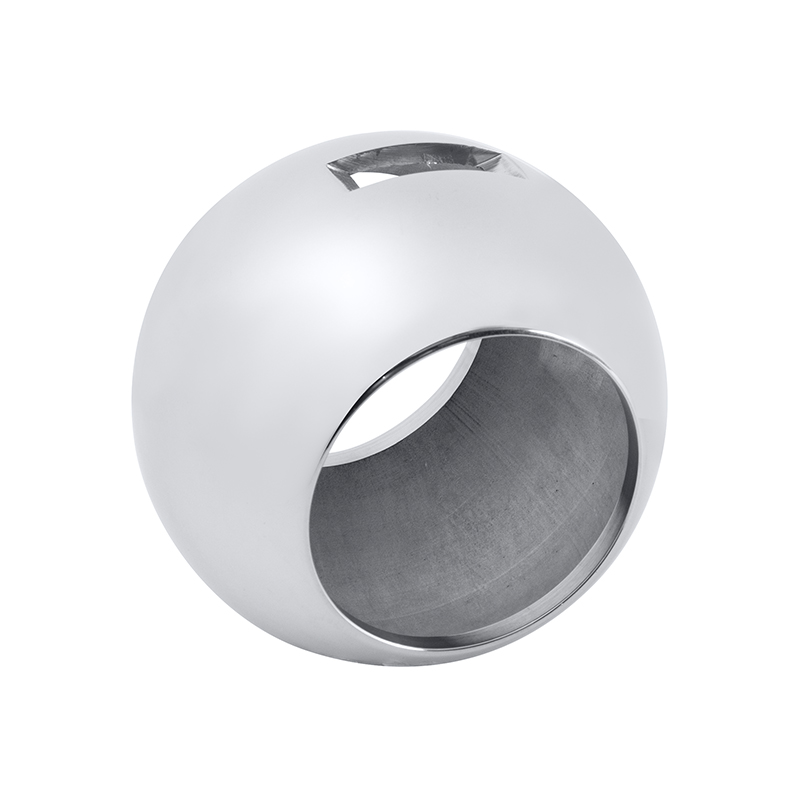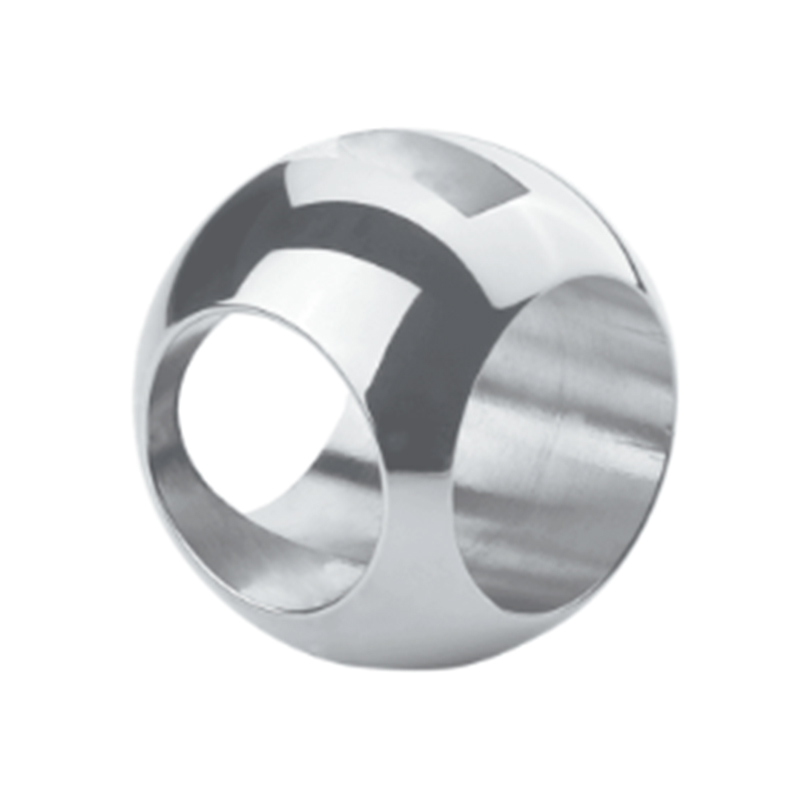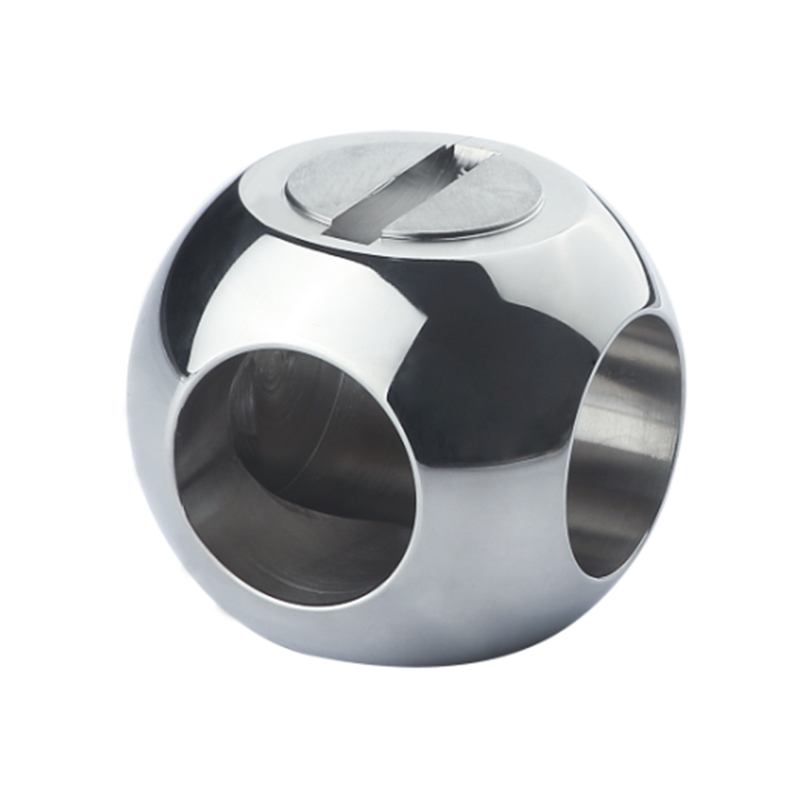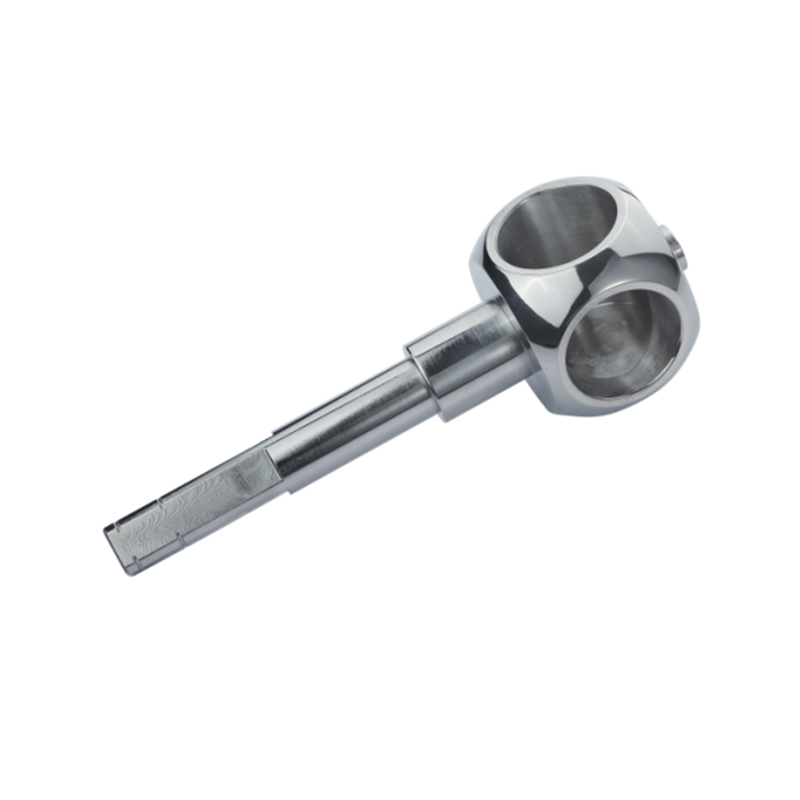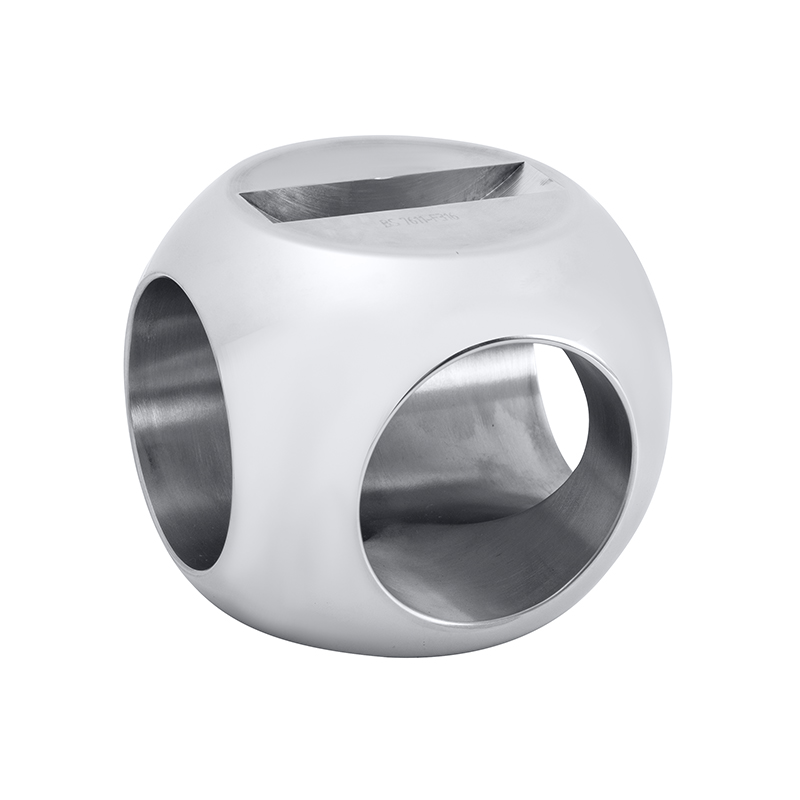In the world of fluid control, the precision and engineering behind valve components play a vital role in determining system performance and reliability. Among these components, the valve ball—particularly in applications such as the stem ball valve, industrial ball valve, and multi-way ball valve—is essential for ensuring consistent flow control, pressure regulation, and operational durability. This article explores how precision valve balls influence flow dynamics, how manufacturers maintain quality, and how various valve types utilize these balls to meet industry-specific demands.
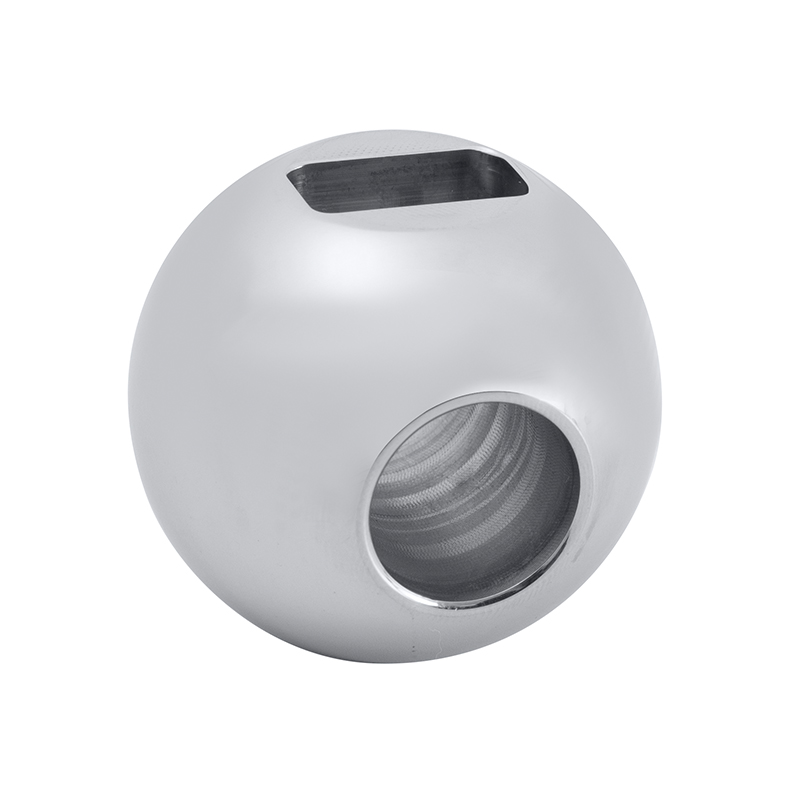
The Role of Precision Valve Balls in Flow Dynamics
A valve ball, typically made of stainless steel or specialized alloys, functions as the core sealing and flow-controlling element within a ball valve. Its spherical design, combined with a central bore, allows or restricts fluid flow depending on the ball's orientation. In a closed position, the solid side of the ball blocks flow, while in an open position, the bore aligns with the pipeline to allow passage.
When fluid dynamics are considered, precision is key. The roundness of the ball, surface finish, and bore diameter directly affect flow rate, pressure drop, and turbulence within the valve body. Even minor imperfections in the ball's shape can advance to uneven flow, cavitation, or premature wear. That is why industrial ball valve manufacturers place high importance on tolerances, surface treatments, and material consistency during the production process.
Flow Behavior in Stem Ball Valves
A stem ball valve includes a ball with an attached stem that connects to a handle or actuator. When rotated, the stem turns the ball, thus opening or closing the valve. In terms of flow dynamics, stem ball valves offer quick shut-off capability and relatively low pressure drop when in the open position. However, the stem-ball connection introduces some design challenges, particularly regarding torque transmission and sealing integrity around the stem area.
Precision machining of the valve ball ensures that the turning action remains smooth while maintaining effective sealing. This is particularly important in high-cycle applications or environments with frequent temperature fluctuations. A well-machined stem ball valve offers predictable flow characteristics with small turbulence and leakage.
In some applications, particularly in industries such as oil and gas or chemical processing, flow behavior must remain stable under varying pressures and temperatures. Manufacturers often use materials that resist thermal expansion and corrosion, while also incorporating ball designs that cause less flow disruption.
Multi-Way Valve Designs and Flow Direction
The way ball valve—often referred to as a three-way or four-way valve—takes the basic principles of a standard ball valve and applies them to more complex piping systems. In a three-way valve, for instance, the ball features an L-shaped or T-shaped bore, allowing for multiple flow paths. The flow can be directed in different routes depending on how the ball is rotated.
In these configurations, flow dynamics become more complex. Sharp changes in direction can advance to pressure loss or fluid shear if not carefully controlled. Precision in ball design and bore alignment is essential to managing these changes. Valve balls in way ball valve applications must meet strict geometric tolerances to ensure all ports align properly and that flow direction changes are clean and efficient.
This type of valve is commonly used in mixing and diverting applications, where multiple flow inputs or outputs must be managed in a single valve body. Because of this, multi-way valve balls are often larger and require additional machining processes, including cavity formation, seat matching, and coating applications that reduce friction.
Precision and Quality Assurance from Industrial Ball Valve Manufacturers
Industrial ball valve manufacturers have invested heavily in machining technologies and inspection methods to maintain consistency in valve ball production. Coordinate Measuring Machines (CMMs), surface roughness testers, and leak testing systems are used to ensure the valve balls meet stringent performance standards.
From raw material selection to final assembly, every stage of manufacturing is designed to eliminate variables that can affect flow dynamics. This includes monitoring ball concentricity, roundness, and surface integrity. Special coatings such as chrome plating, PTFE, or ceramic coatings may be applied to improve wear resistance and flow behavior.
In addition to precision, traceability and documentation are important. Manufacturers often provide detailed reports on material properties, dimensional inspections, and test results, particularly for critical applications in energy, chemical, and water treatment sectors.
Understanding the flow dynamics of precision valve balls is essential for engineers and procurement specialists involved in fluid control systems. Whether in a stem ball valve designed for straightforward shut-off, a multi-way ball valve used for complex directional control, or a standard industrial ball valve for general applications, the valve ball's quality and design have a significant impact on performance.
By focusing on accuracy, surface treatment, and application-specific design, manufacturers contribute to the safe and efficient operation of flow systems across a wide range of industries. As fluid control requirements become more demanding, precision valve balls will continue to serve as a cornerstone of dependable valve technology.

 English
English Español
Español Deutsch
Deutsch
